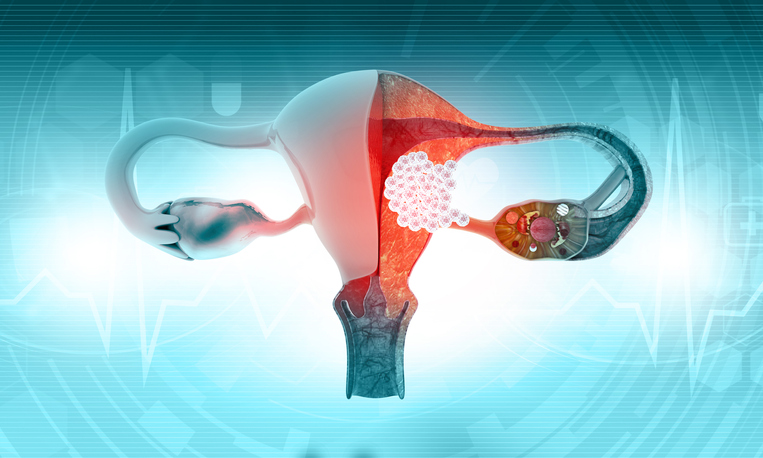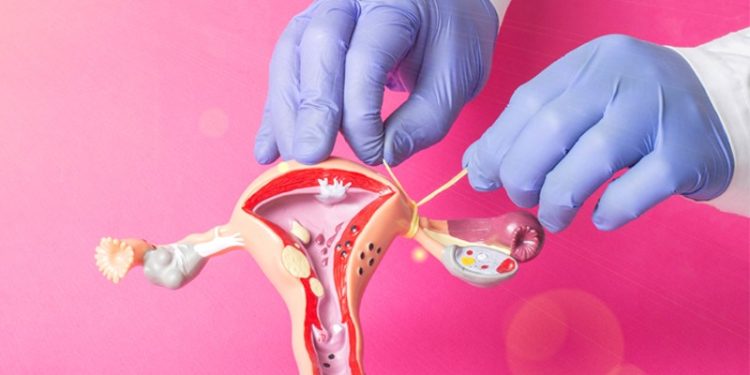Hysterosalpingo-contrast-sonography, commonly known as HyCoSy, is an advanced medical procedure used to evaluate the patency of the fallopian tubes, a crucial factor in fertility assessments. This non-invasive technique has gained popularity due to its effectiveness in providing valuable insights into a woman’s reproductive health.
Table of Contents
Understanding the HyCoSy Procedure
The HyCoSy procedure involves the use of ultrasound along with a contrast medium to create detailed images of the uterine cavity and fallopian tubes. Unlike traditional methods such as laparoscopy, HyCoSy is less invasive and does not require general anaesthesia.
The Process
The process begins with a transvaginal ultrasound, where a probe is inserted into the vagina to get a clear view of the uterine cavity. A harmless contrast medium is then injected through the cervix into the uterus. The flow of this medium through the fallopian tubes is monitored via ultrasound, allowing the healthcare provider to assess their patency.
Ideal Timing
It is essential to perform a HyCoSy during the early phase of the menstrual cycle but after menstruation has ended. This timing reduces the risk of interfering with potential early pregnancy and ensures clearer visibility due to the thinner endometrial lining.
Benefits of HyCoSy
Enhanced Accuracy
One of the primary benefits of HyCoSy is its ability to provide highly accurate and detailed images of the reproductive organs. This precision is vital for diagnosing conditions like tubal blockages, which are common causes of infertility.
Non-Invasive Nature
As a non-surgical procedure, HyCoSy significantly reduces the risks associated with invasive diagnostic methods. Patients experience minimal discomfort and can usually return to their daily activities immediately after the procedure.

No Radiation Exposure
Unlike X-ray-based procedures, HyCoSy uses ultrasound technology, which does not expose patients to ionising radiation. This makes it a safer option, especially for women who are concerned about the potential risks of radiation.
Risks and Considerations
Potential Discomfort
Some women may experience mild discomfort or pain during the insertion of the ultrasound probe or the injection of the contrast medium. However, these sensations are typically short-lived.
Allergic Reactions
There is a small risk of an allergic reaction to the contrast medium used in HyCoSy. Patients should inform their healthcare provider about any known allergies to contrast materials before undergoing the procedure.
Infection Risk
Though rare, there is a slight risk of infection following the procedure. Clinics take stringent measures to mitigate this risk by maintaining sterile conditions.
Patient Preparation and Aftercare
Before the Procedure
Patients are usually advised to avoid sexual intercourse for a few days before the procedure to eliminate the possibility of undetected pregnancy. Additionally, a full bladder is not required for HyCoSy, unlike some other ultrasound procedures.
Post-Procedure Care
After a HyCoSy, patients can expect to resume normal activities. It’s common to experience slight vaginal discharge or spotting, which should resolve within a day or two. Any severe pain or prolonged bleeding should be reported to a healthcare provider.
Conclusion: Empowering Choices With Informed Decisions
The HyCoSy procedure stands as a beacon of hope for many women facing fertility challenges.
By providing a clearer picture of reproductive health, it empowers individuals to make informed decisions about their fertility journey. While it’s important to weigh the benefits against the risks, the non-invasive nature and accuracy of HyCoSy make it a valuable tool in the realm of reproductive medicine.
With advancements in technology and a better understanding of women’s health needs, HyCoSy is more than just a procedure; it’s a pathway to potential parenthood and a testament to the strides made in women’s healthcare.


 Home
Home










